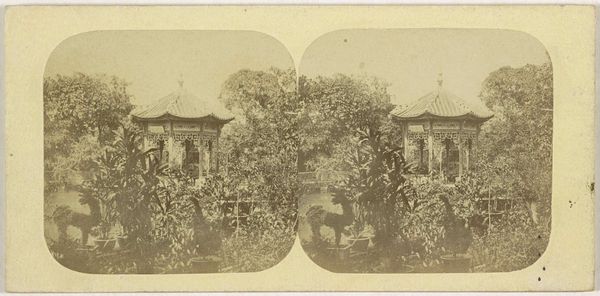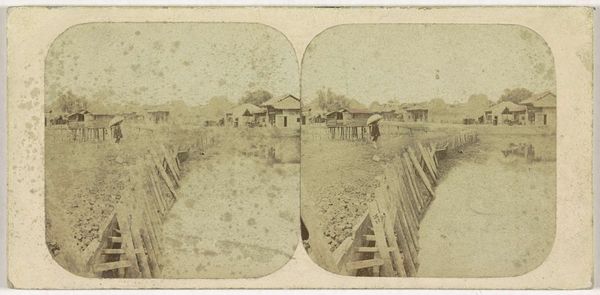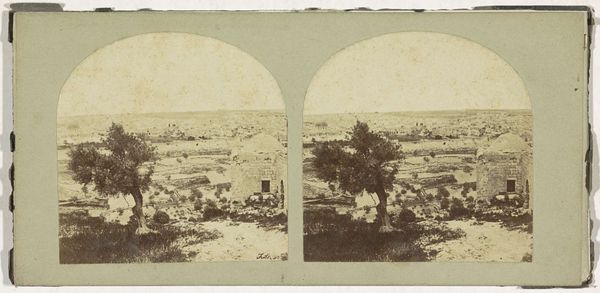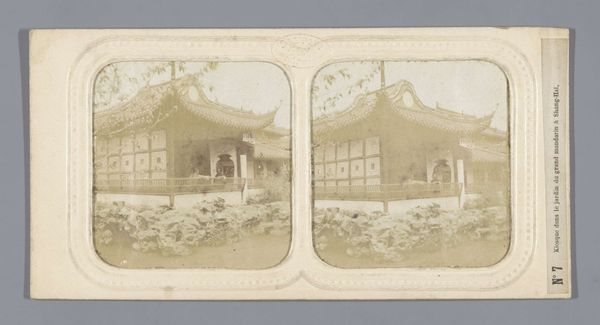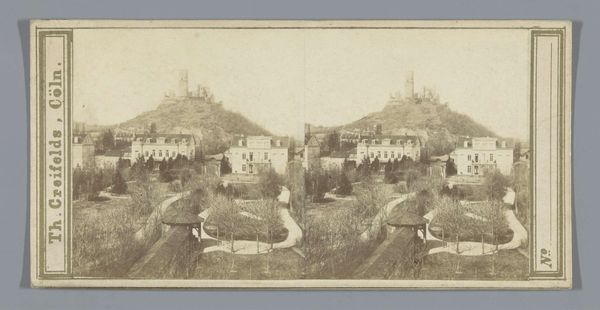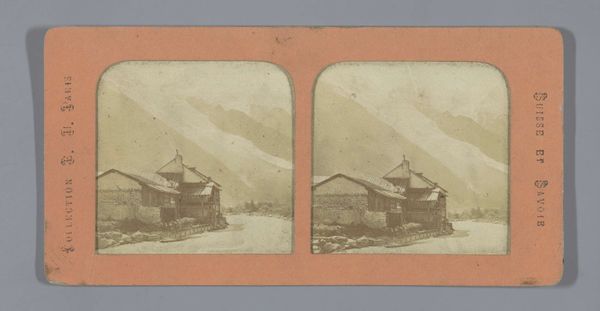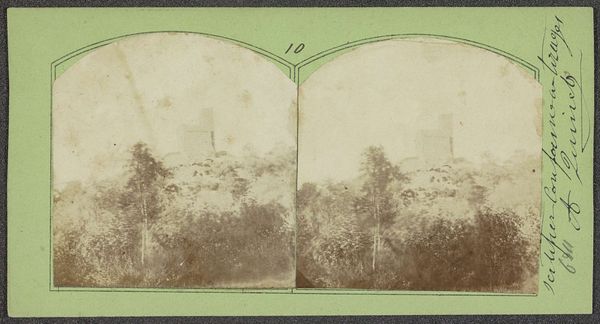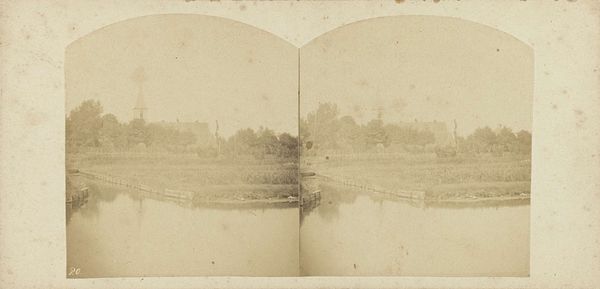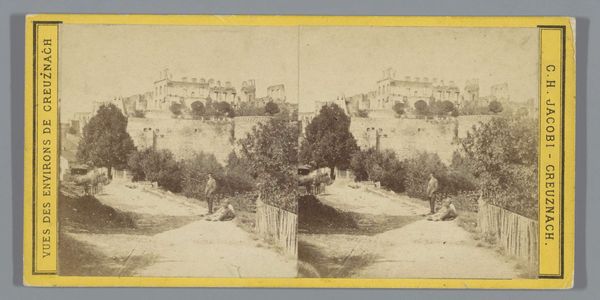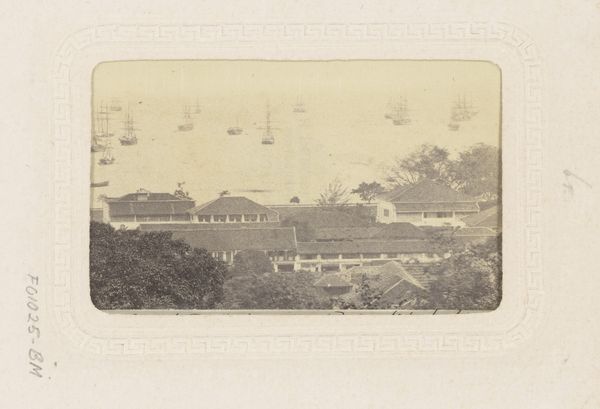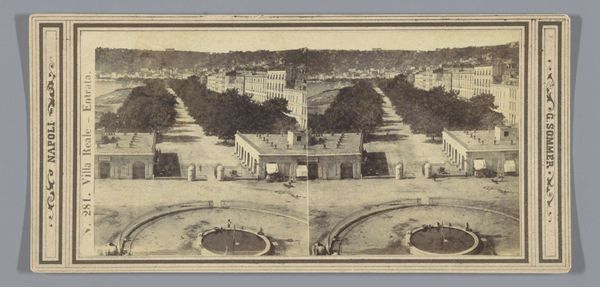
photography, albumen-print
#
asian-art
#
photography
#
orientalism
#
cityscape
#
albumen-print
#
building
Dimensions: height 83 mm, width 174 mm
Copyright: Rijks Museum: Open Domain
This stereoscopic image of Guangzhou was made by Pierre Joseph Rossier, a Swiss photographer who documented China in the late 1850s. Rossier employed the wet collodion process. A sheet of glass was coated with chemicals, exposed in the camera while still wet, and then developed. This labor-intensive method yielded a highly detailed negative, from which multiple prints could be made on albumen paper, produced from egg whites. The stereoscopic format, presenting two slightly different perspectives of the same scene, created an illusion of depth when viewed through a special device. The appeal of stereoscopic photographs lay in their ability to transport viewers to faraway places. In this case, the proliferation of images like this reflects the globalizing forces of trade and colonialism. The photographic print on paper, itself a product of industrial processes, became a key instrument in shaping Western perceptions of the world. Ultimately, understanding the material and technical processes behind this image allows us to consider the work involved, and appreciate the complex interplay of technology, culture, and commerce in the 19th century.
Comments
No comments
Be the first to comment and join the conversation on the ultimate creative platform.
